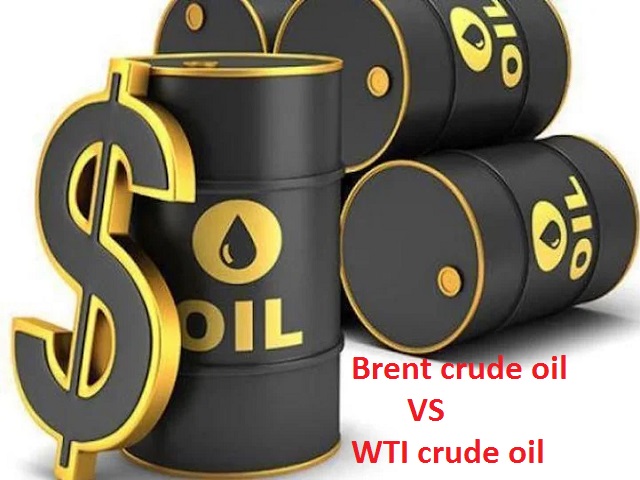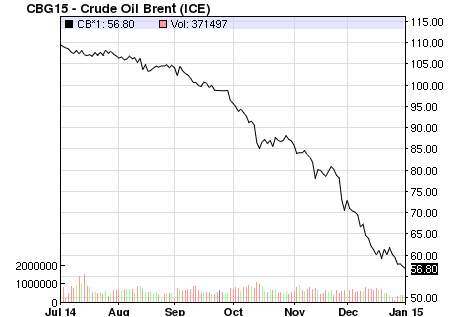
“In recent weeks there has been increasing concern over China’s demand outlook, despite Chinese oil demand indicators looking fairly good up until now,” they said, noting that China’s National Petroleum Corporation expects domestic oil demand to grow 3.5% year-over-year in 2023, down from a forecast of 5.1% in March. Oil remains “fairly rangebound,” with cuts by OPEC+ doing little to push prices higher as worries abut the demand outlook continue to put a cap on the market, said Warren Patterson and Ewa Manthey, commodity strategists at ING, in a Wednesday note. However, Powell last week also indicated the Fed has more work to do to bring down inflation, while forecasts by individual policy makers pointed to the need for two more quarter percentage point rises in the fed-funds rate this year. The Fed last week left its policy interest rate unchanged, pausing an aggressive cycle of rate hikes that took the fed-funds rate from near zero to its current range of 5% to 5.25% since March 2022. inflation well above target, more interest rates are likely this year, although he did not shed any new light on the timing of the moves. Powell told a House committee that, with U.S. Oil had struggled for direction in early trade, but then proceeded to rally as Federal Reserve Chair Jerome Powell testified before Congress. “Crude oil is also bid on strong Asian demand for Middle Eastern crudes,” he said. “Crude oil appeared to catch a bid after China’s Vice Premier said the economy was in good shape, rallying Brent above the 50 day moving average for the first time since April 25,” said Robert Yawger, executive director for energy futures at Mizuho, in a note. Disappointment in China’s rebound following the lifting of COVID curbs earlier this year have weighed on crude prices in 2023. Energy Information Administration reported on Thursday that domestic natural-gas supplies fell by 79 billion cubic feet for the week ended March 11.“China’s economic development is showing sound momentum in the first half of the year,” he said, according to Xinhua, China’s official state news agency. Still, “if the Ukraine war continues to show tentative signs of easing, the dizzy heights of almost $140 for oil, driven by last week’s geopolitical risk premium, are unlikely to be repeated in the immediate term,” said Scholar. Scholar added that a “stark assessment” from the International Energy Agency on Wednesday that the market could lose 3 million barrels of Russian oil a day from April have prompted supply worries, driving prices upwards. “The potential for further lockdowns in China may also be a factor helping to temper near-term demand expectations.”Įarly Thursday, however, Russia carried out further airstrikes on the besieged port city of Mariupol and oil prices moved up, with Brent crude back above the psychological $100 a barrel mark as “risk-on sentiment drives optimism towards the global demand outlook,” said Victoria Scholar, head of investment at Interactive Investor, in a note to clients. “China’s recent lockdown of its coastal cities, including the manufacturing hub Shenzhen, has also helped to tamp down on prices,” he said, with reduced oil demand from those lockdowns helping to ease prices. Hopes for a negotiated peace were pushed back on Thursday, amid reports that Russia denied significant progress had been made in talks with Ukraine officials.Ī sharp pullback in crude prices from March 8, when WTI and Brent settled at their highest levels since 2008, “suggests that much of the geopolitical risk premium has evaporated despite the remaining conflict,” said Thomas Westwater, analyst at DailyFX in emailed commentary. Read: Commodities offer traders a wild ride, but some are drawn to volatility like files ‘to a light bulb’Ĭommodity markets have been volatile following Russia’s Feb.


The rebound for oil comes after both WTI and Brent on Tuesday closed 22% below nearly 14-year highs set on March 8, meeting the technical definition of a bear market. Rose 5.1% to $4.99 per million British thermal units. Rose 7.7% to $3.217 a gallon, while April heating oil Brent fell 1.9% to $98.02 a barrel on ICE Futures Europe on Wednesday. The global benchmark, jumped $8.62, or 8.8%, to $106.64 a barrel. The contract fell nearly 1.5%, to settle at $95.04 a barrel on the New York Mercantile Exchange on Wednesday, the lowest front-month contract settlement since Feb. West Texas Intermediate crude for April deliveryĬlimbed $7.94, or nearly 8.4%, to settle at $102.98 a barrel.

Oil prices settled back above the $100 mark on Thursday, marking a partial rebound from a three-session decline, amid escalating violence in Ukraine and growing expectations for a significant loss of crude supplies from Russia.


 0 kommentar(er)
0 kommentar(er)
